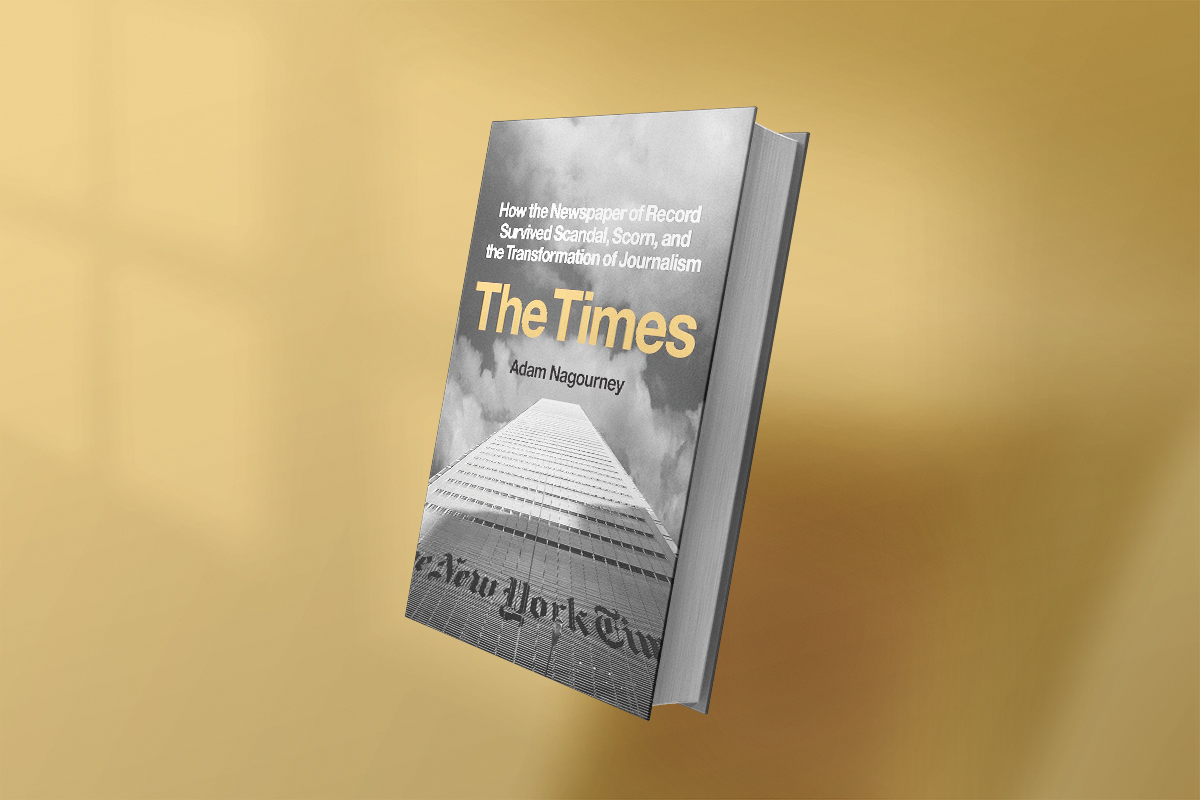23 May 2025
17 MIN READ
25 Best Business History Books You Should Read
Summary
If you’re fascinated by empires built from scratch, financial scandals, industrial revolutions, and the people behind it all, this list is for you. We've handpicked the best business history books with powerful stories of ambition, failure, legacy, and transformation.
Top Business History Books to Start With
1. House of Rothschild, Vol 1: Money's Prophets, 1798-1848 (1999)

Author: Niall Ferguson
Oxford scholar and bestselling author Niall Ferguson peels back the layers of history's most influential families in the captivating The House of Rothschild. A financial empire that had quietly shaped European finance, politics, and Jewish history. Ferguson managed to get his hands on long-hidden British archives and KGB documents, revealing in detail the operations of the Rothschild firm. The book exposed their mysterious and remarkable business and family dynamics. It is a tale of how they turned credibility into currency and vice versa. An account of how Rothschild manages monarchs' and ministers' portfolios, policies, and interests while remaining unnervingly efficient, cooperative, and prosperous.
2. Empire of Cotton: A Global History (2014)
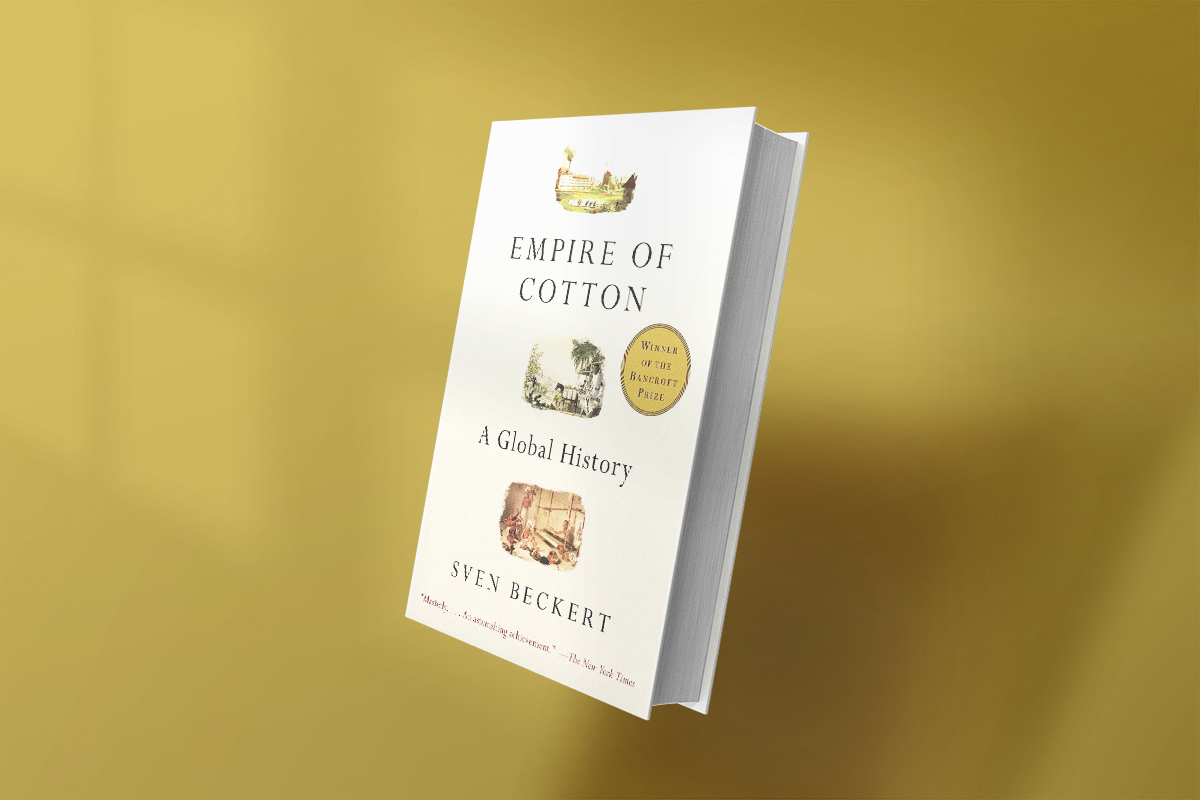
Author: Sven Beckert
Sven Beckert’s Empire of Cotton may appear to be a straightforward history, but it is, in fact, an intellectual exercise. It is a critique that challenges everything you know about capitalism, slavery, and the Industrial Revolution. Beckert dismantles traditional narratives, revealing how the industrialization of cotton fueled the rise of the modern state. Both unsettling and enlightening, the book is essential for understanding the origins of contemporary capitalism, providing a provocative recalibration of commerce and human history.
3. The Ascent of Money: A Financial History of the World (2008)
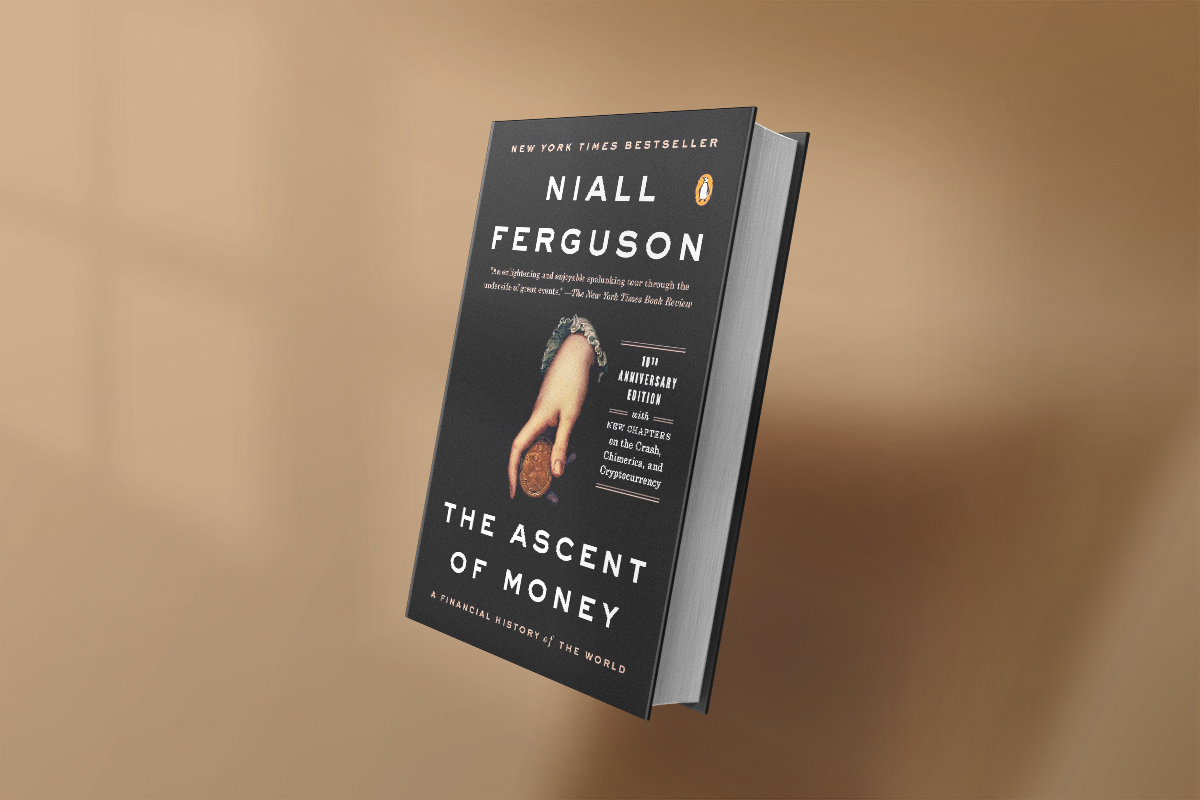
Author: Niall Ferguson
The Ascent of Money by Niall Ferguson is a traditional, historical, and analytical account of everything in finance. From Mesopotamia to Wall Street, he flipped the script on the naive idea of money as some abstract concept that appeared out of a vacuum. He shows how money is deeply embedded in human nature and central to human history and progress. He breaks down the history and development of different components and institutions that have shaped the modern financial landscape and provides insights that can help assess future developments.
4. Against the Gods: The Remarkable Story of Risk (2001)
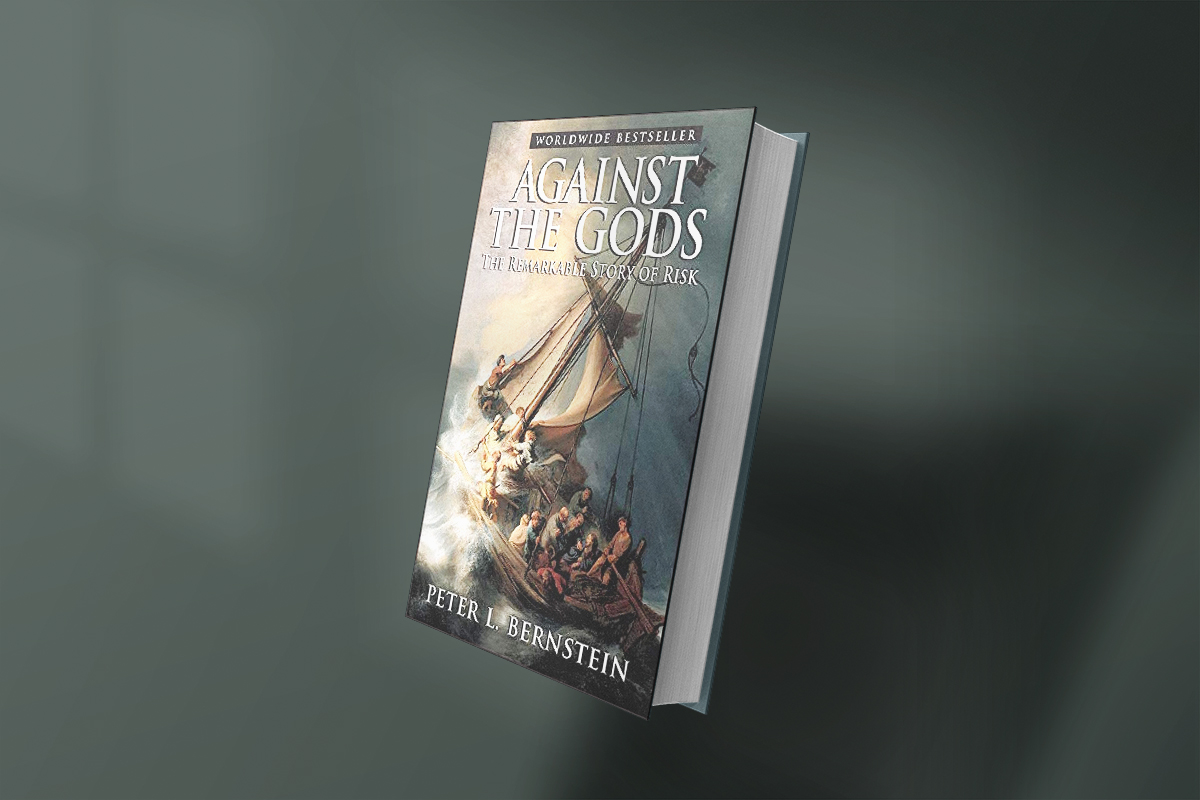
Author: Peter Bernstein
Against the Gods is a fascinating journey of humanity’s evolving understanding of risk and probability. A journey from ancient Greek gamblers to modern chaos theory. Peter Bernstein illustrates how risk shapes everything from game theory to bridge-building to winemaking. A book that offers a history of probability mathematics. The book introduces John Graunt’s statistical sampling in England and William Jevons’ belief that value depends on utility. An approach that influenced economic thought for centuries. Bernstein’s work foreshadowed the 2008 crisis, which revealed the darker side of those same tools.
5. The Last Kings of Shanghai
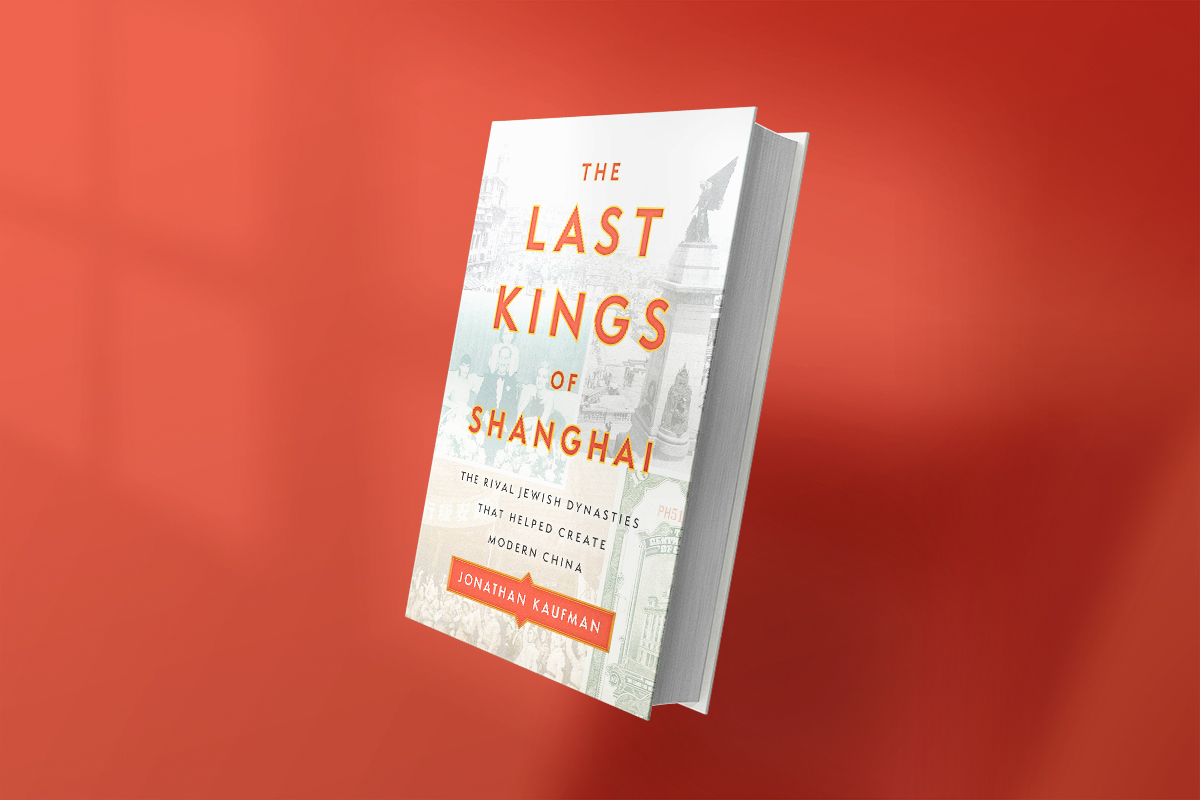
Author: Jonathan Kaufman
The Last Kings of Shanghai by Jonathan Kaufman is a tale of two Jewish dynasties—the Sassoons and Kadoories—who shaped modern China for nearly two centuries. Led by David Sassoon, the family dominated the opium trade, transforming Shanghai. Their rivalry with the Kadoories fueled development amid China’s turmoil. They left an ever-lasting economic legacy from the Cathay Hotel to navigating the Japanese occupation and Communist Revolution. The author delivers a compelling tale of ambition and survival with wit and depth that is a must-read for anyone interested in global businesses.
6. Tangled Vines: Greed, Murder, Obsession, and an Arsonist in the Vineyards of California

Author: Frances Dinkelspiel
Tangled Vines by Frances Dinkelspiel tells the gripping story of Mark Anderson. An oenophile-turned-arsonist who destroyed some of California’s oldest wine libraries. The author blends crime and history and explores the ambition, scandals, and sacrifices behind the wine industry’s reputation. A story that touches different lives, including the life of Jean Louis Vignes, a Frenchman who planted vineyards along the Los Angeles River, Leland Stanford, who built the world’s largest vineyard, and Benjamin Dreyfus, the Jewish vintner who introduced kosher wine to the market. Part crime, part historical account, Tangled Vines showcases the perseverance of individuals and the madness behind building a reputation and maintaining credibility.
7. Davos Man: How the Billionaires Devoured the World
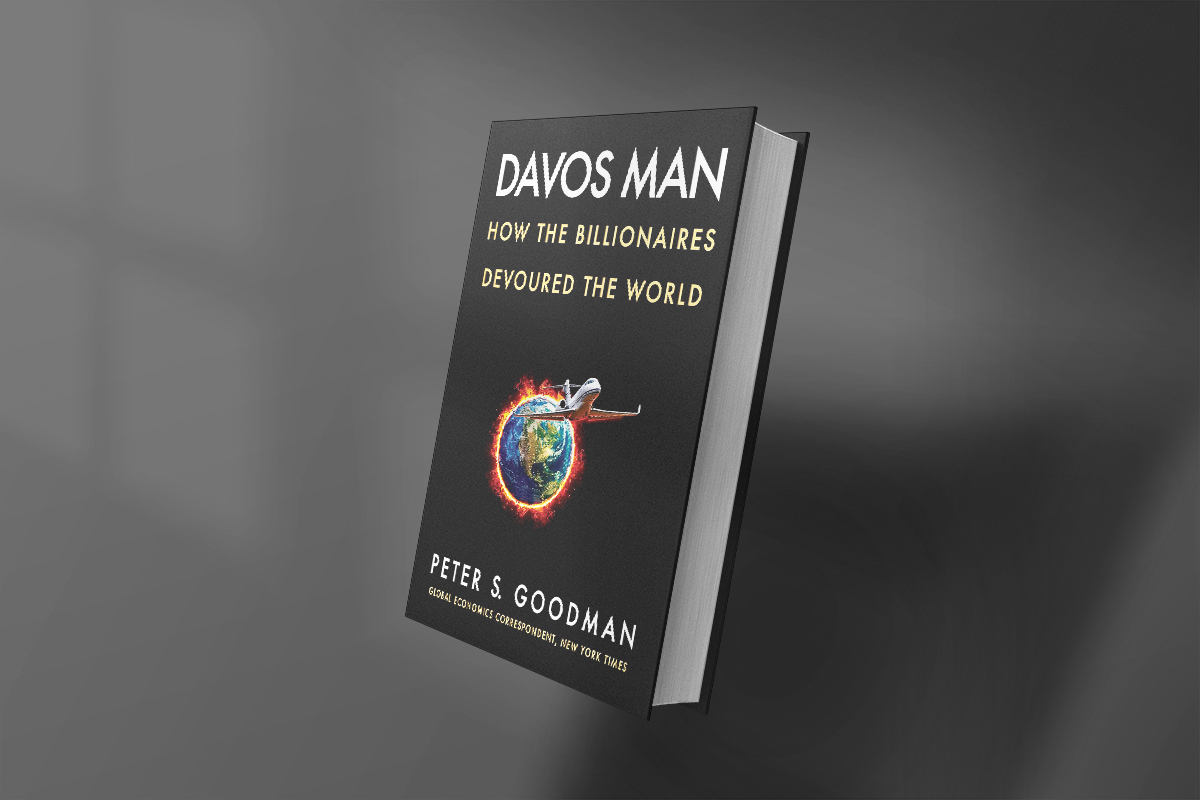
Author: Peter S. Goodman
Davos Man writes on how billionaires like Jeff Bezos and Larry Fink bring global inequality. Peter S. Goodman exposes their business practice and efforts to avoid paying taxes. Through his gripping and polarizing storytelling, he reveals how they accumulate wealth, destabilize democracies, and exacerbate social inequality. He highlights the human toll, from migrant workers to overworked Amazon employees. A book showing how unchecked greed erodes safety nets and sabotages pandemic preparedness.
8. The Innovators
Author: Walter Isaacson
The Innovators is a refreshing look at the optimistic dawn of the information age and the pioneers who shaped it. With a lucid narrative and subtle but effective anecdotes, Walter Isaacson explores the synergy between humanity and technology. The book also highlights the collaboration between visionaries, their journey to success, and the practical account background of how it has affected today's world. He examines the creation of the first computer by J. Presper Eckert and John Mauchly, Apple’s rise through Steve Jobs and Steve Wozniak, and Microsoft’s success with Bill Gates and Paul Allen to highlight how innovation thrives on teamwork and the fusion of diverse disciplines.
9. Brick by Brick: How LEGO Rewrote the Rules of Innovation and Conquered the Global Toy Industry
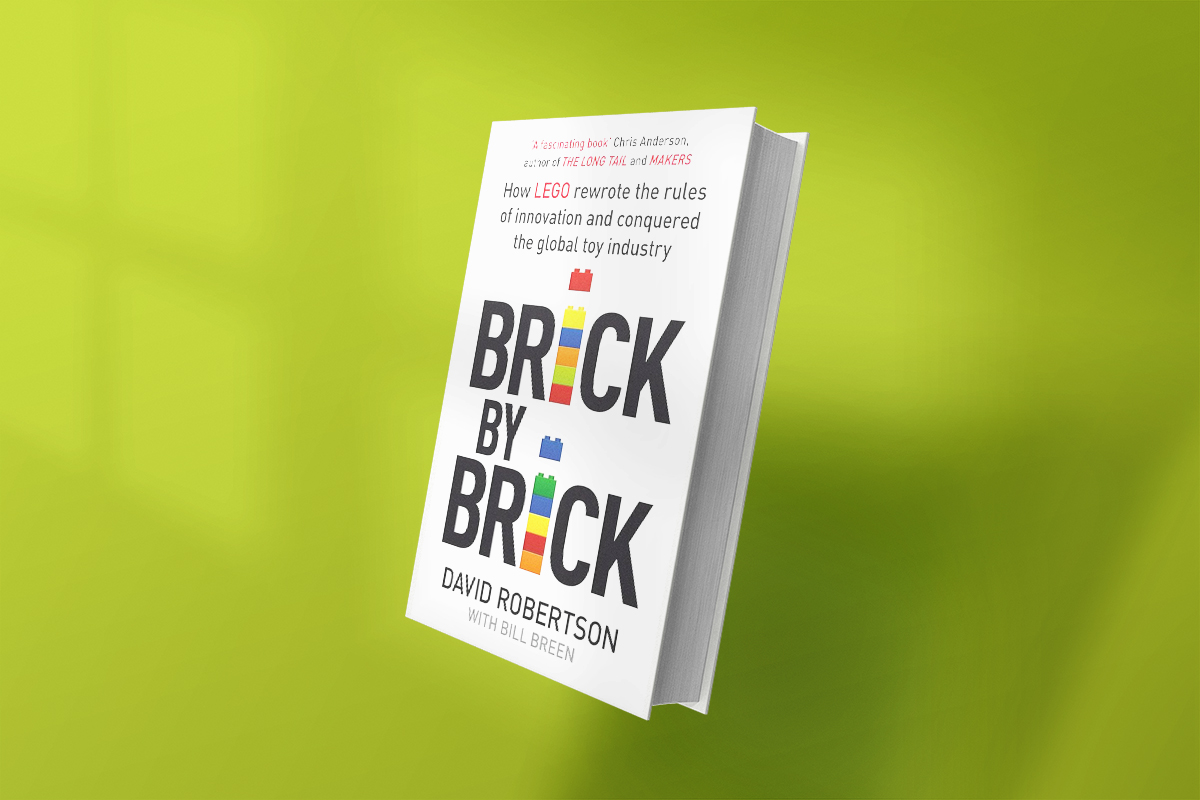
Authors: David C. Robertson and Bill Breen
Brick by Brick uncovers how LEGO went from a near collapse to one of the greatest comeback stories in business history. It’s a story of how wild, unchecked innovation nearly broke the company until a new CEO brought discipline, focus, and a return to their core: the humble brick. By blending customer co-creation, blue-ocean strategies, and diverse innovation, LEGO rediscovered how to balance significant breakthroughs like Mindstorms with steady earners like LEGO City. Whether you’re a business geek or a LEGO fan, this is one colorful case study you won’t want to miss.
10. Onward

Authors: Howard Schultz and Joanne Gordon
In 2008, Howard Schultz returned as Starbucks’ CEO, determined to revive the company’s finances and soul. Onward chronicles his journey, revealing how Starbucks weathered economic turmoil by prioritizing partners, customers, and values. A book proving that businesses can thrive without sacrificing humanity. Schultz emphasizes that retaining customers is cheaper than winning them back, failure is a teacher, and great ideas mean nothing without flawless execution. From bold campaigns like “Free coffee for voters” to embracing social media’s power, Schultz’s account is a well-written and balanced read on resilience and reinvention.
Best Books on Business History You May Have Missed
These hidden gems deliver sharp insights into the history of business books, from India to Silicon Valley.
11. The Tatas: How a Family Built a Business and a Nation

Author: Girish Kuber
Girish Kuber’s The Tatas is a riveting tale of a family that built more than a business empire. They helped found a nation, from pioneering hydroelectric projects to championing labor reforms. The Tatas redefined balancing profit with purpose. Their visionary brilliance and empathetic leadership have been instrumental in India’s rise as a global powerhouse, making their legacy a cornerstone of the nation’s journey to becoming the world’s fifth-largest economy.
12. The Devil's Casino: Friendship, Betrayal, and the High Stakes Games Played Inside Lehman Brothers

Author: Vicky Ward
The Devil’s Casino offers an eye-opening account of Lehman Brothers' collapse, which was pivotal in the 2008 financial crisis. Central to the story are four friends who revived the firm after its 1994 near-failure, only for ambition, arrogance, and risky decisions to lead to its downfall. This gripping tale explores the corporate culture and human cost behind Wall Street’s reckless pursuits, making it a must-read for anyone interested in finance.
13. Amazon Unbound: Jeff Bezos and the invention of a global empire

Author: Brad Stone
Amazon Unbound is a chronicle of how Amazon rose from a modest bookseller to a global powerhouse. An account unveiling Jeff Bezos’s relentless ambition, secretive corporate culture, and innovations. It mentioned Kindle and cloud computing, which disrupted industries and reshaped global commerce. At the crux of Amazon's rise is Bezos, whose calculated moves and undeterred intuition built one of the most influential forces in the modern economy.
14. Drive!: Henry Ford, George Selden, and the Race to Invent the Auto Age
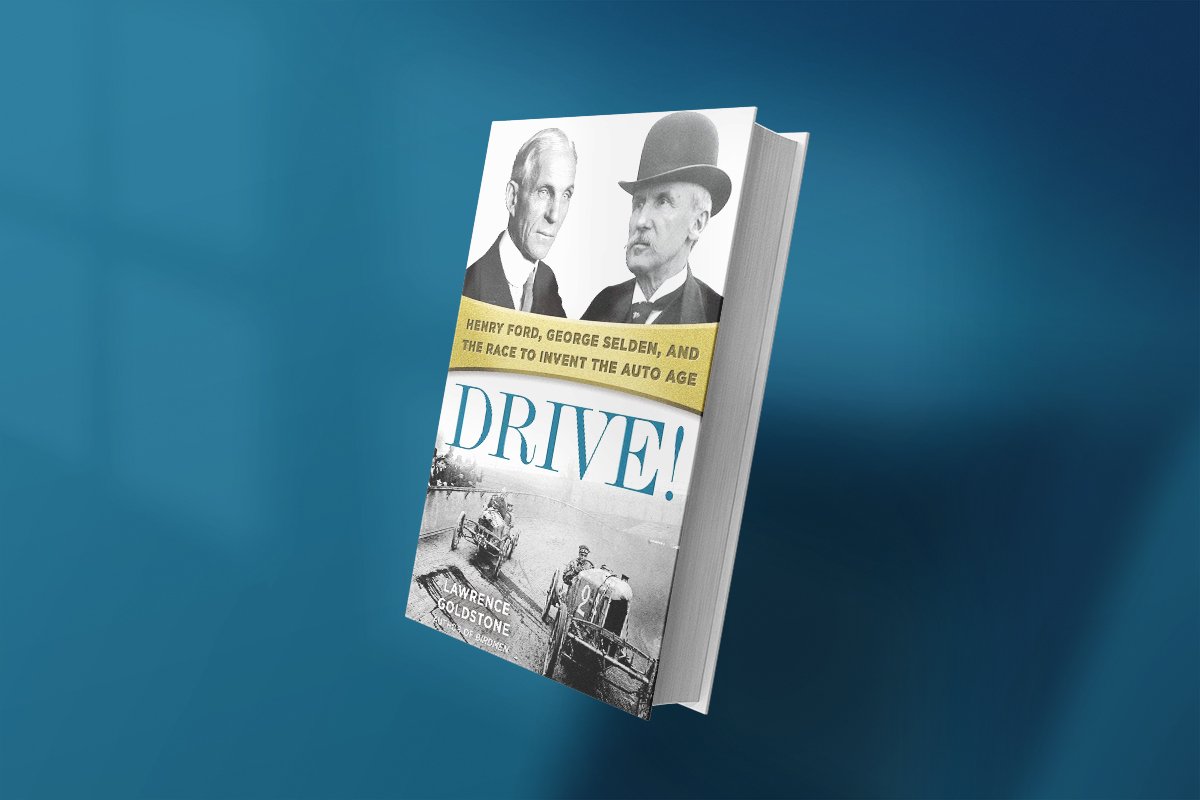
Author: Lawrence Goldstone
Lawrence Goldstone’s Drive! is a compelling reexamination of the early auto industry. It underlines Henry Ford’s brilliance not as an inventor but as a strategic businessman. Ford's model relied on skilled manufacturers for critical components and employed top talent. He even worked with those he disliked, such as Jewish architect Albert Kahn, despite his anti-Semitic views. A defining legal battle is the book’s centerpiece, set against a dynamic, collaborative era of innovation. Featuring pioneers like Benz, Peugeot, and Daimler, daring racers, ambitious financiers, and opportunistic lawyers such as George Selden, Drive!. The book captures the chaos, ingenuity, and fierce competition that shaped the automobile revolution and redefined modern transportation.
15. The Smartest Guys in the Room: The Amazing Rise and Scandalous Fall of Enron

Authors: Bethany McLean and Peter Elkind
Enron’s plunge into bankruptcy, co-documented by Bethany McLean and Peter Elkind. The book reveals the company’s audacious financial fraud and systemic failures that enabled it. All checks failed despite the stock market’s supposed safeguards—analysts, bankers, and regulators tasked with detecting fraud. Why? Much of the blame falls on former CEO Jeff Skilling, who fostered a culture where rules were bent, deception thrived, and entitlement reigned, especially among executives. Key scandals, like the deals triggering the California energy crisis and a 1986 fiasco that left the company “less than worthless,” highlight Enron’s pattern of reckless financial manipulation. It is an excellent account that reveals everything that is broken in American business today.
For Lessons from the History of Business Books
16. The Tycoons: How Andrew Carnegie, John D. Rockefeller, Jay Gould, and J. P. Morgan Invented the American Supereconomy
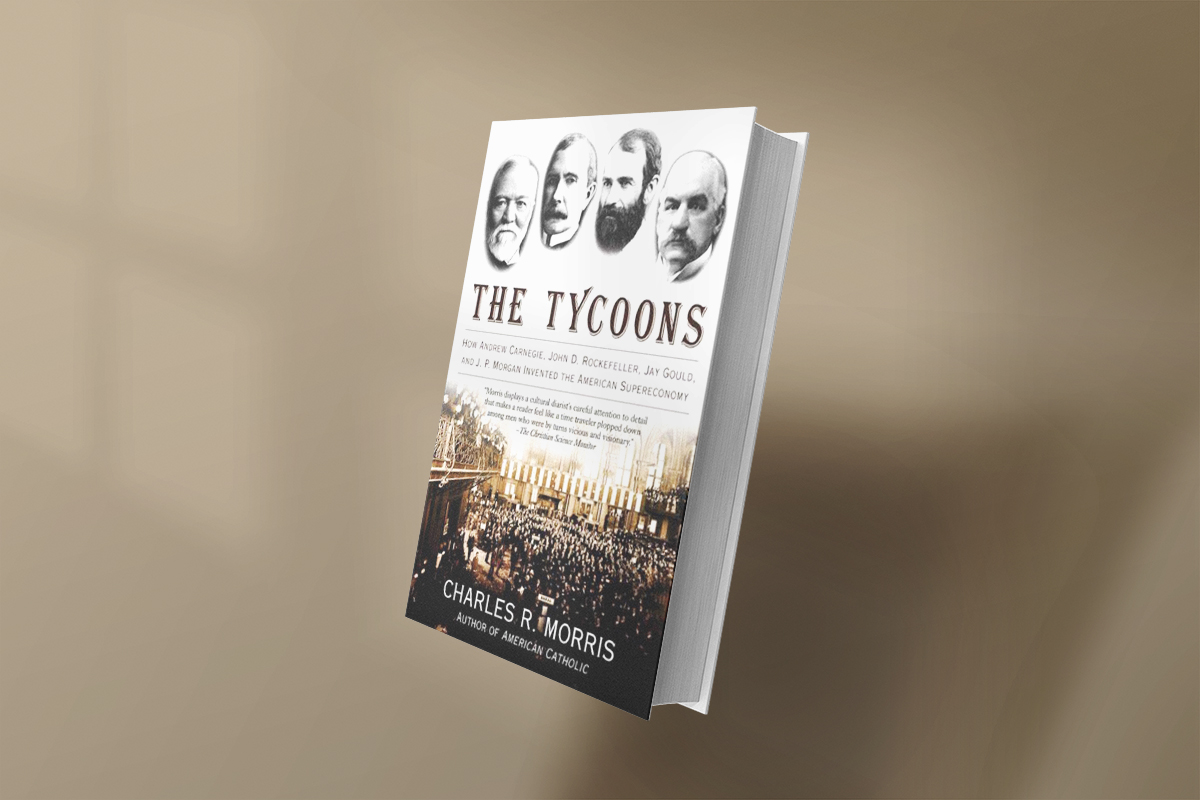
Author: Charles R. Morris
Obsession, ambition, and rivalry drive this gripping tale of Gilded Age titans—Andrew Carnegie, John D. Rockefeller, Jay Gould, and J.P. Morgan. A book on these visionaries that shaped modern capitalism, forged a burgeoning middle class, and propelled the United States to become the world’s foremost industrial hub and economic powerhouse. Their audacity and determination, captured in this bold narrative, inspire awe for the legacy they left behind.
17. The First Tycoon: The Epic Life of Cornelius Vanderbilt (2010)
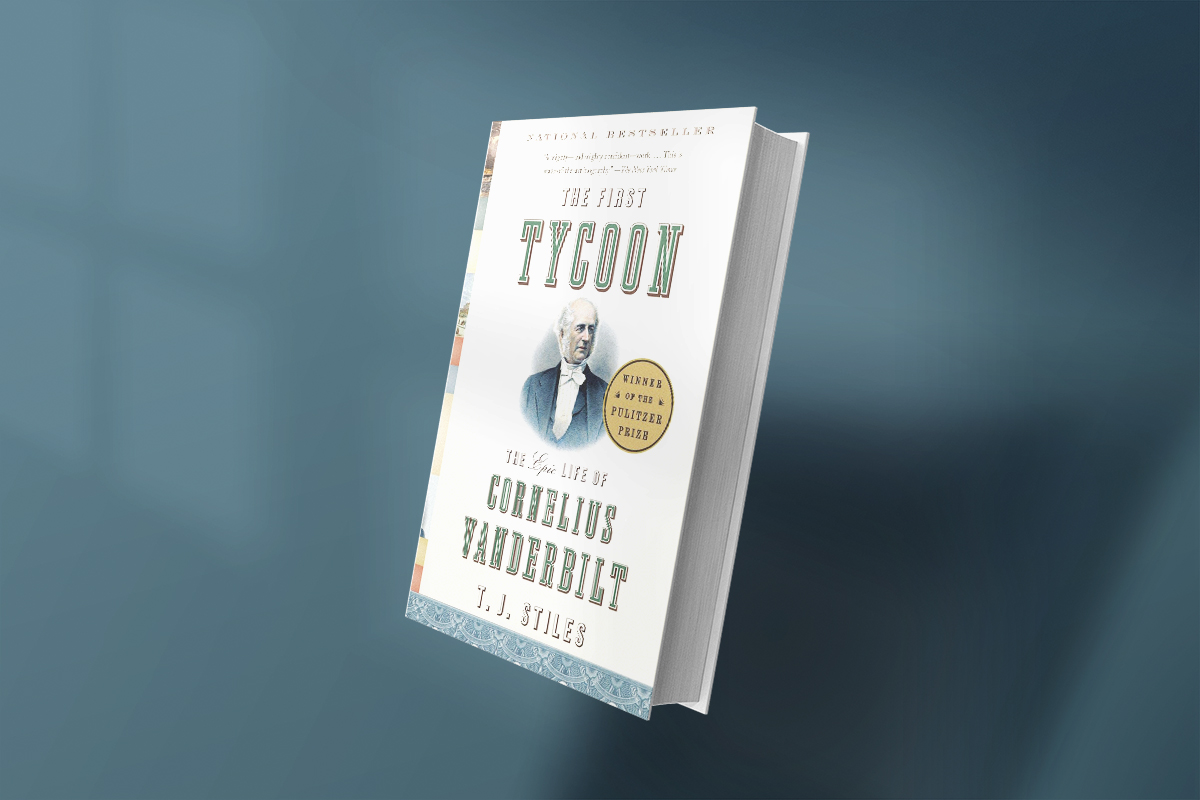
Author: T.J. Stiles
The First Tycoon chronicles Cornelius Vanderbilt's journey. His journey from humble beginnings to a transformative titan of modern capitalism. He revolutionized transportation, fueled the Gold Rush, and reshaped Manhattan. The book accounts for how he laid the foundation for the modern corporation. This sweeping biography captures his combative spirit, extraordinary fortune, and lasting impact. A book epitomizes the American dream while narrating Vanderbilt's rise and the birth of modern America.
18. Ice Cream Social

Author: Brad Edmondson
This is an inspiring story about Ben & Jerry’s preserving its core values of “linked prosperity” even after being acquired by Unilever. The brand ensured its three-part mission by embedding this philosophy into its governance. A mission of crafting premium ice cream, championing progressive causes, and sharing success with all stakeholders. Through insider interviews, including board chairman Jeff Furman's insights, Edmondson delivers a poignant, humorous, and uplifting account of their sacrifices and perseverance.
19. The Times: How the Newspaper of Record Survived Scandal, Scorn, and the Transformation of Journalism
Author: Adam Nagourney
The Times is a contemporary take on the tradition of portraying the behind-the-scenes of journalism establishments. It draws from 300 interviews and extensive archival research. This book examines influential editors, from Abe Rosenthal to Dean Baquet, and their complex relationships with the publishers and newsroom staff. Meanwhile, the paper’s response to significant events like Watergate, civil rights, the Monica Lewinsky scandal, and the Iraq invasion. He delves into internal scandals, including Judith Miller’s false WMD reporting and Jayson Blair’s plagiarism. He also critiques the Times’s failures, such as underreporting the AIDS crisis, partly due to Rosenthal’s prejudices. Balancing homage with critique, The Times reveals how the paper navigated scandal, diversity struggles, and its role as a media giant.
20. The Idea Factory: Bell Labs and the Great Age of American Innovation

Author: Jon Gertner
The Idea Factory offers an engaging history of Bell Labs. They were a powerhouse of innovation that revolutionized modern technology. The book focused on the golden era from post-World War II to the late 1970s. The author explores the groundbreaking work of Bell Labs’ exceptional scientists and managers, including Mervin Kelly, Jim Fisk, William Baker, John Pierce, and William Shockley. Bell Labs developed foundational technologies like the transistor, laser, UNIX, C programming, solar cells, and fiber optics. An advancement and technology that underpins today's tech landscape. While exhaustive at times, especially in its later chapters, the book captures this unparalleled institution's spirit, achievements, and eventual decline.
More Books on the History of Business
21. Barbarians at the Gate: The Fall of RJR Nabisco (1990)

Author: Bryan Burrough and John Helyar
Barbarians at the Gate, a #1 New York Times bestseller and legendary business narrative, tells the gripping story of the $25 billion leveraged buyout (LBO) of RJR Nabisco—the largest of its time. Centered on CEO Ross Johnson, the book captures a high-stakes battle of greed, power, and strategy that redefined corporate America and paved the way for modern private equity. Beyond its dramatic plot, the book offers a fascinating dive into executives' minds, exposing the fragile balance between a company’s operational success and financial health. It also sparks thought-provoking debates on business ethics. As the Chicago Tribune declared, “It’s hard to imagine a better story...or a better account.”
22. The Profiteers: Bechtel and the Men Who Built the World

Author: Sally Denton
Nevada-based journalist Sally Denton exposes construction giant Bechtel’s immense power, built on billions in government contracts. Bechtel's influence spans iconic and controversial projects, from the Hoover Dam to Iraq’s rebuilding and management of the U.S. nuclear arsenal. Denton’s exposé alleges national security breaches and high crimes, with the company facing no consequences. It is fascinating to observe how these companies rise to industry dominance while claiming independence from state power. Denton reveals how they have used the government as a scaffold for their success.
23. Coders: The Making of a New Tribe and the Remaking of the World

Author: Clive Thompson
In Coders, Clive Thompson uncovers the transformation of computer programming from a female-dominated field to a male-dominated one. Tracing the journey from Ada Lovelace to today's tech giants. He explores how programming shifted, incited by harmful claims about women’s abilities. This eye-opening exploration reveals how programming’s evolution shaped both the tech industry and society and how the world’s most influential industry was shaped by exclusion and bias.
24. Shoe Dog: A Memoir by the Creator of Nike

Author: Phil Knight
Phil Knight’s memoir, Shoe Dog, is a refreshingly candid and entertaining account of Nike’s chaotic journey from selling shoes out of a car trunk to a $30 billion global icon. Knight is honest and vulnerable in his account and breaks down the myth of tidy entrepreneurship with raw tales of debt, near-failures, and his own shy, unconventional leadership. The narrative is as inspiring as it is amusing. Shoe Dog isn’t just for business enthusiasts—it’s a compelling read for anyone who loves a great story.
25. Genius Makers: The Mavericks Who Brought AI to Google, Facebook, and the World

Author: Cade Metz
Cade Metz’s Genius Makers offers a riveting look into the rise of artificial intelligence. Spotlighting the brilliant minds behind innovations at Google, Facebook, Baidu, and OpenAI. Through deep reporting, Metz reveals fierce competition, ethical dilemmas, and urgent questions about privacy, security, and the human cost of progress. Blending scientific insight with human drama, this “colorful page-turner” captures the technological arms race shaping AI’s present and far-reaching implications.
Conclusion
From dynasties like the Rothschilds and Tatas to scandals like Enron and RJR Nabisco, these business history books capture the heart, chaos, and complexity of the business world. They remind us that behind every empire is a story of ambition, risk, and sometimes redemption.
People also ask
What is the best book to learn about business?
If you're new to business and want a mix of storytelling and strategy, Shoe Dog by Phil Knight stands out. Onward by Howard Schultz or The Innovators by Walter Isaacson offer valuable takeaways for deeper insights into business thinking and leadership.
What are the all-time best business books?
Some books have stood the test of time because they’re as relevant today as they were when first published. These include The Ascent of Money by Niall Ferguson, The Tycoons by Charles R. Morris, Barbarians at the Gate by Bryan Burrough, and Against the Gods by Peter Bernstein. Each book offers timeless lessons about risk, capitalism, innovation, and leadership.
How to do a history of the business?
To explore the history of a business, start by identifying key turning points: founding, growth phases, crises, leadership changes, and innovation milestones. Then dig into primary sources like annual reports, internal memos, media coverage, and biographies. Books like The Smartest Guys in the Room or The Devil’s Casino are great examples of how business history is documented and told.
Who is the father of business history?
Alfred D. Chandler Jr. is widely regarded as the father of business history. His work, particularly The Visible Hand, reshaped how scholars view corporations, management, and industrial capitalism. Chandler argued that organizational structure and strategy were just as important as entrepreneurship in shaping modern business.
What is Peter Drucker's theory?
Peter Drucker is considered the father of modern management. His core theory is that management is a practice, not a science, and its purpose is to make people productive. He emphasized decentralization, the importance of knowledge workers, and customer-centric thinking. His belief that "what gets measured gets managed" still defines how businesses track performance today.

